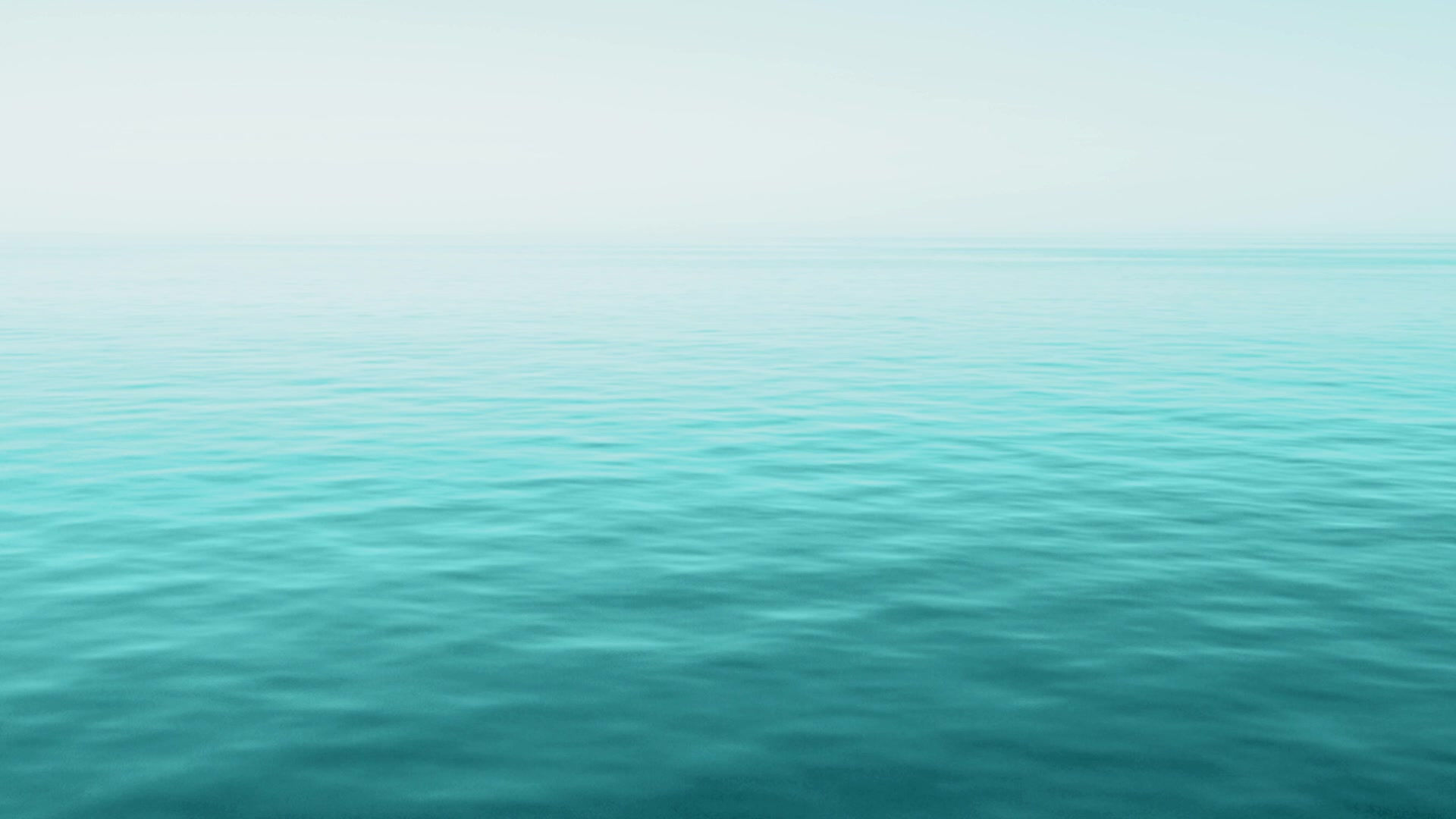
RESEARCH the cites not explicitly mentioned here were used to research interview questions
California State Water Resources Control Board. “Statewide Water Quality Control Plans for Trash.” SWRCB.gov,
www.waterboards.ca.gov/water_issues/programs/trash_control/. This website is about California's Trash Amendments. It shows that
CA is actively thinking about effects of urban pollution on waterways. I chose this site because it shows that, although Columbus would
not be leaders, following is just as effective.
Breyer, Melissa. “Trash by the numbers: Startling statistics about US garbage.” TreeHugger, Treehugger, 12 Sept. 2017,
www.treehugger.com/environmental-policy/trash-numbers-startling-statistics-about-americans-and-their-garbage.html. This site has statistics
on trash production in the United States by state. Unfortunately, their stats on states are questionable; however, the ones on the national
level are accurate. I chose this website because has statistics on trash production.
Bureau, US Census. “Population and Housing Unit Estimates.” Census.gov, www.census.gov/programs-surveys/popest.html. This site
contains census information. I used it through its Google popup when you search "population of Columbus." It's very effective because it's
not hard to walk through.
“City of Columbus.” Storm Drain Marker Program, www.columbus.gov/utilities/customers/Storm-Drain-Marker-Program/. This webpage
gives information on the Storm Drain Marker Program. It is very concise. I used this site to research questions for City Councilman
Michael Stinziano.
“City of Columbus.” Water Quality Assurance, www.columbus.gov/utilities/water-protection/wqal/Water-Quality-Assurance/. This website
gives information on Columbus's Water Quality Assurance program. I used it to research questions for Councilman Stinziano.
“City of Columbus.” Consumer Confidence Report - CCR, www.columbus.gov/utilities/water-protection/CCR/. This site came from the
Water Quality Assurance site. This is a collection of the reports that Columbus releases every year along with a link to its archives. I used
it to research questions for Councilman Stinziano.
“City of Columbus.” Algae in Drinking Water, www.columbus.gov/AlgaeFAQs/. This site answers frequently asked questions on algae
blooms in the Great Lakes and how it impacts citizens of Columbus. It was incredibly effective because it got straight to the point. I used
this to learn about alga and dangers it has when blooming.
“City of Columbus.” Understanding Our Sewer System, www.columbus.gov/utilities/projects/blueprint/Understanding-Our-Sewer-System/.
This site outlines the difference between storm sewers and waste sewers. It was effective because it went straight to the point. I used it to
write the overview.
“Climate Action Benefits: Urban Drainage.” EPA, Environmental Protection Agency, 22 June 2015,
www.epa.gov/cira/climate-action-benefits-urban-drainage. This site is in the EPA's Archives because they completely changed their
website in 2017. This page is about rainfall predictions with climate change in 50 cities in the continental United States. This site was
incredibly effective because it was concise. I used it in the Issues section.
Heyrosa, Adrienne G, and Hannah Eigerman O'Sullivan. “Environmental Activism Survey.” 28 Jan. 2018. Mrs. Hannah is my friend's mother and is a political activist. She was very helpful and I'm grateful that she gave me her time.
Heyrosa, Adrienne G, and Michael Stinziano. “Questions About Columbus' Storm Sewer System.” 22 Jan. 2018. I interviewed Councilman
Michael Stinziano. He and his assistant were very helpful. I'm glad that they gave me their time.
How Can YOU Prevent Stormwater Pollution? | Environment & Planning, WNY Stormwater Coalition,
http://www2.erie.gov/environment/index.php?q=how-can-you-prevent-stormwater-pollution. This website lists ways for citizens to
prevent stormwater pollution. This website is great because it is concise. I used it to brainstorm solutions.
“Prevention and control.” Prevention and control - NSW Office of Water,
www.water.nsw.gov.au/water-management/water-quality/algal-information/prevention-and-control. This website is about the ways the
government is trying to prevent and control algae in all waterways. It thoroughly explains their methods; however, it's hard to gather
information because it is not well organized.
“Tides & Currents.” Lake Erie HAB FAQs, NOAA, tidesandcurrents.noaa.gov/hab/lakeerie_questions.html. This website contains more
frequently asked questions on algae in Lake Erie. Unlike the Columbus site, it's not focused on citizens of Columbus. It's very concise. I
used it in my research of the problem.
Water, Division of Surface. “Storm Water Pollution Prevention Plan (SWP3) Checklist (OH000004).” Storm Water Pollution Prevention Plan
(SWP3) Checklist for Construction Sites, Ohio Environmental Protection Agency,
www.epa.ohio.gov/dsw/storm/const_swp3_check.aspx. This website has the plan that the Ohio Environmental Protection Agency uses to check if the land around rivers and lakes are maintained and protect the water. It's effective because it's easy to read.
“Winning Cities.” European Green Capital Winning Cities Comments, European Commission,
ec.europa.eu/environment/europeangreencapital/winning-cities/. This website contains the winners of the European Green Capital competition. From there, you can see what each city has done to be green. I used this as an alternative solution.
IMAGES (I only used these sites for the image and the context provided on said image)
Lawton, Robert. “Storm Drain.” Wikipedia, 4 Oct. 2006, commons.wikimedia.org/wiki/File:Storm_Drain.JPG.
NOAA. “Algae Bloom in Lake Erie captured by OLI.” Algae Bloom in Lake Erie, 4 Aug. 2015,
earthobservatory.nasa.gov/IOTD/view.php?id=86327.